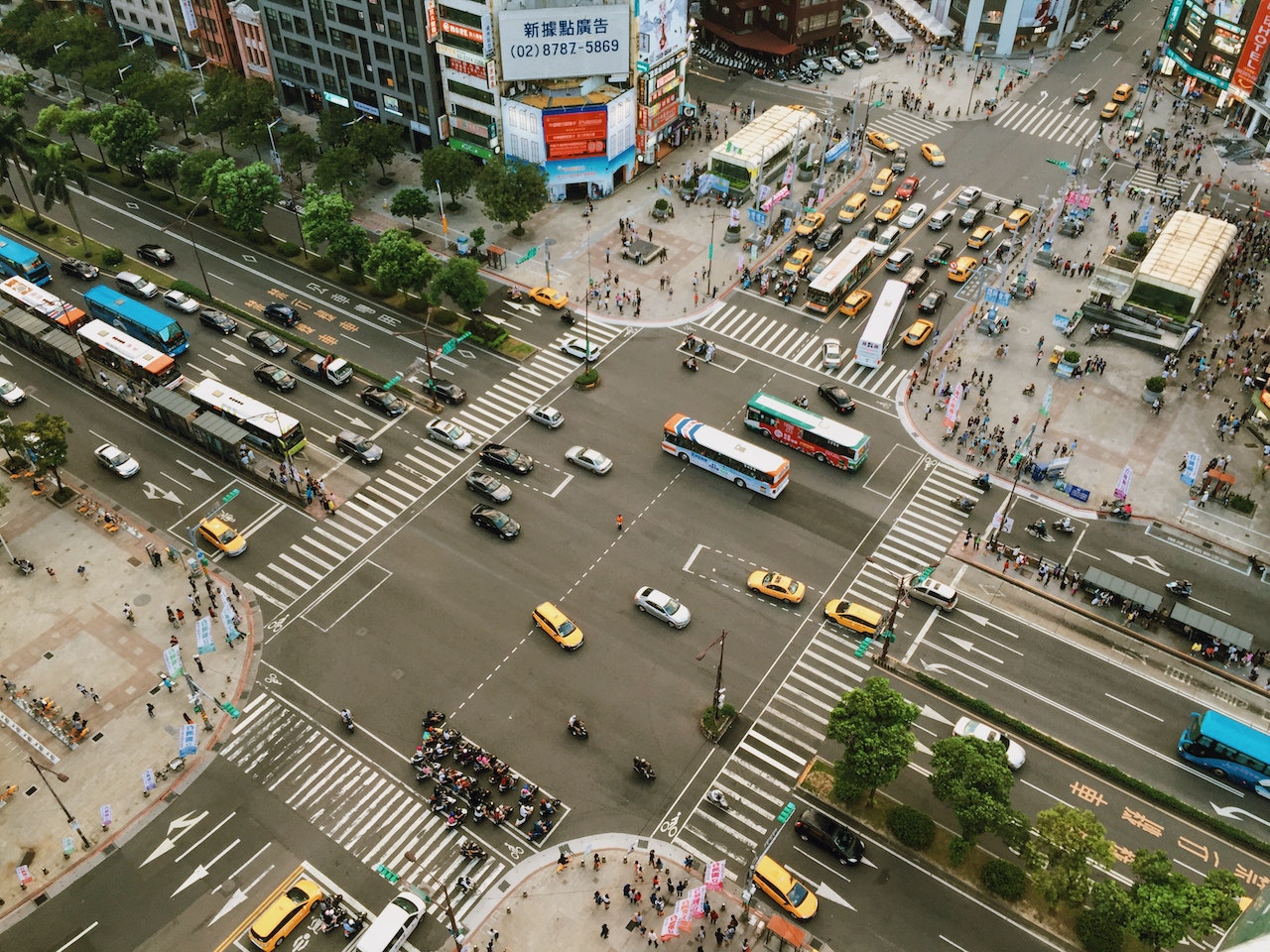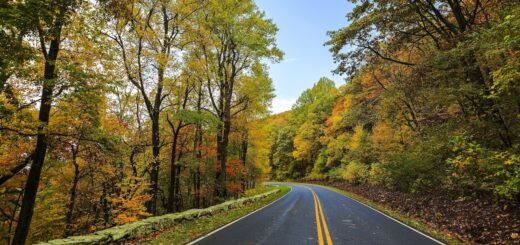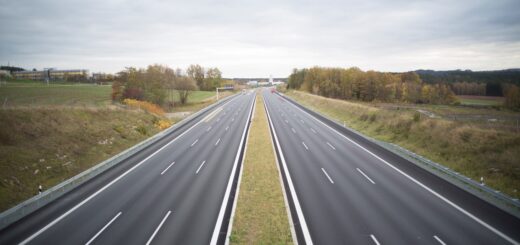Types of Road Intersections | Overview
In the vast network of roads that crisscross our cities and towns, intersections play a crucial role in facilitating the smooth flow of traffic. They are the points where two or more roads meet, allowing vehicles and pedestrians to cross paths safely. However, not all intersections are created equal. There are various types of road intersections, each with its own characteristics and functions. In this article, we will explore some of the most common types of road intersections and delve into their features and purposes.
Road intersections are critical points where vehicles and pedestrians interact, and traffic patterns need to be carefully managed. Understanding the different types of road intersections helps traffic engineers and city planners design efficient and safe transportation systems.
What are Road Intersections
A road intersection is a point where two or more roads or streets meet or cross each other. It’s a crucial component of urban and rural transportation networks, facilitating the movement of vehicles, pedestrians, and sometimes cyclists, from one road to another.
Intersections come in various forms, each with its own design and traffic control measures to ensure safe and efficient traffic flow. Some common types of road intersections include:
- T – Junctions
- Four Way Intersections
- Roundabouts
- Y- Intersections
- Signalized Intersections
- Unsignalized Intersections
- Rotary Intersections
- Continuous Flow Intersections
- Jughandle Intersections
T-Junctions
A T-junction, also known as a T-intersection, is formed when one road ends, intersecting another road perpendicularly.
It resembles the shape of the letter “T.” T-junctions usually involve a major road intersecting with a minor road or a side street. These intersections typically require drivers on the minor road to yield to vehicles on the major road.
Four-Way Intersections
Four-way intersections, also referred to as crossroads or cross-streets, involve the meeting of two perpendicular roads.
They form a square or cross-like shape, allowing traffic from all four directions to converge at a central point. Traffic signals or stop signs are commonly used at four-way intersections to regulate the flow of vehicles.
Grade-Separated Intersections
Grade-separated Intersection, also known as an overpass or underpass, this type of intersection separates conflicting traffic flows by having one road pass over or under another road, preventing direct interaction.
Roundabouts
Roundabouts are circular intersections designed to enhance traffic flow and reduce the risk of collisions. They feature a central island surrounded by a continuous flow of traffic in a counter-clockwise direction.
Roundabouts eliminate the need for traffic signals or stop signs and rely on yield-at-entry rules. They promote smooth traffic flow and improve safety by reducing the severity of accidents.
However, due to the high traffic congestion and based on the condition of the exit roads, traffic signal lights are introduced.
Y-Intersections
A Y-intersection, also known as a fork junction, is formed when one road branches into two separate roads. It resembles the letter “Y” and often occurs in rural areas where one road splits into two different directions.
Y-intersections can be challenging to navigate, requiring drivers to choose the appropriate fork based on their desired destination.
Rotary Intersections
Rotary intersections, also known as traffic circles or gyratories, are circular intersections that require vehicles to circulate around a central island. These intersections aim to improve traffic flow and reduce congestion.
Vehicles entering a rotary intersection must yield to circulating traffic. Rotary intersections are common in many European countries.
Continuous Flow Intersections
Continuous flow intersections (CFIs) are innovative intersections designed to enhance traffic flow by reducing conflict points.
They feature dedicated turn lanes that allow left-turning vehicles to bypass the main intersection. CFIs help minimize congestion and improve safety by separating conflicting traffic movements.
Jughandle Intersections
Jughandle intersections are unique designs that involve curved ramps or “jughandles” to facilitate turns. They are commonly used to control left-turning traffic on busy roadways or in areas where U-turns are restricted.
Jughandle intersections require drivers to exit the main road and make a right turn onto the jughandle before merging onto the intersecting road or making a left turn.
Road intersections come in various forms, each serving a specific purpose and addressing different traffic needs. From T-junctions and four-way intersections to roundabouts and jughandle intersections, the design and configuration of intersections impact the efficiency, safety, and overall traffic flow in urban and rural areas.
Understanding these different types of road intersections helps transportation planners develop effective strategies for managing traffic and ensuring the safety of all road users.
FAQs
Which type of intersection is considered the safest?
Roundabouts are generally considered the safest type of intersection due to their design, which promotes lower vehicle speeds and reduces the risk of severe accidents.
Are there any disadvantages to roundabouts?
While roundabouts offer numerous benefits, some drivers may find them confusing or challenging to navigate, especially if they are unfamiliar with the yield-at-entry rule.
What are the advantages of signalized intersections?
Signalized intersections provide clear instructions to drivers and pedestrians, ensuring orderly traffic flow and reducing the risk of collisions.
How do continuous flow intersections work?
Continuous flow intersections incorporate dedicated turn lanes to separate left-turning traffic from through traffic, improving traffic flow and reducing congestion.
What are the main advantages of jughandle intersections?
Jughandle intersections help control left-turning traffic and facilitate safer turns, particularly in areas with high traffic volume or limited U-turn options.
Some of Useful Links are:




